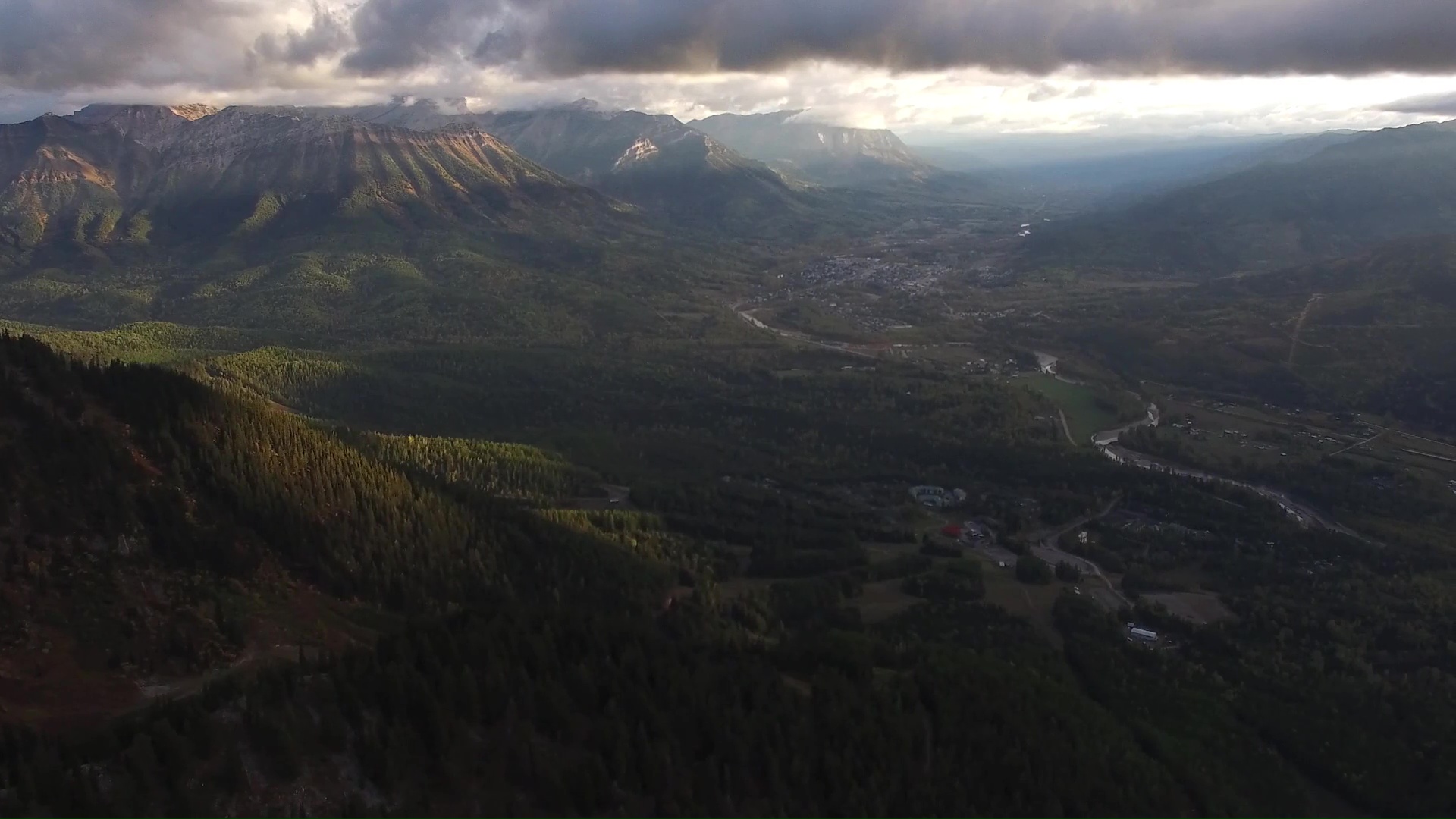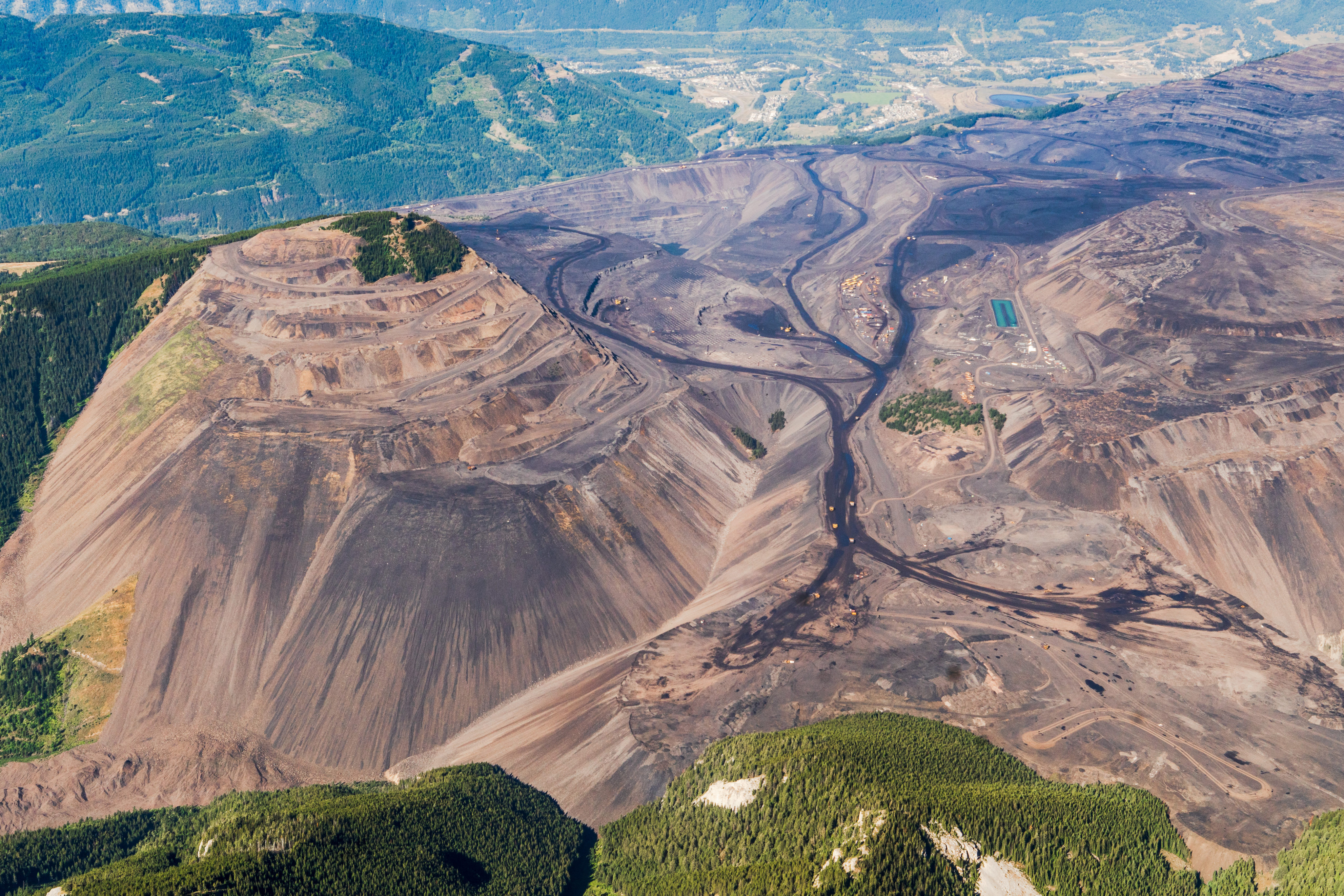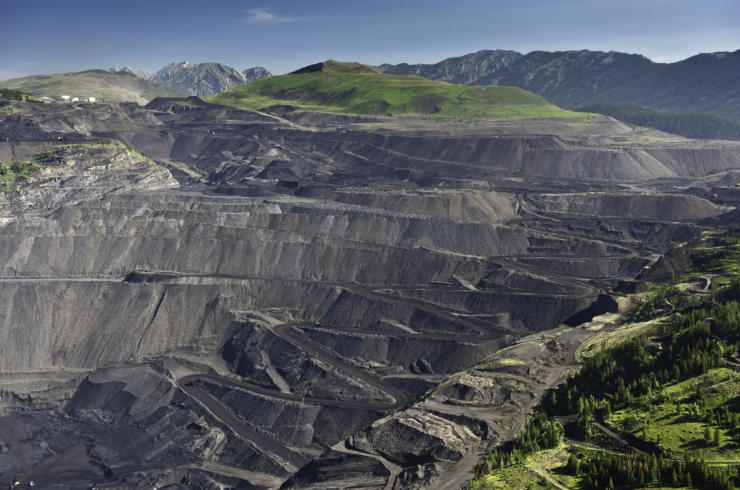In early December, the City of Fernie announced it would begin immediately exploring for a new secondary water supply, with workers operating seven days a week until Christmas Eve. Rush jobs and hiring skilled workers to operate without days off is expensive. It begs the question: what exactly happened behind the scenes to make this last-minute decision necessary?
The search for another backup drinking supply comes after the city found itself in a tenuous situation in 2023, with water quality at its primary Fairy Creek water supply receiving a ‘poor’ and then ‘fair’ rating due to turbidity. The James White Wells are secondary water sources, designed to be used as a backup in exactly this scenario; Fairy Creek historically has high turbidity in the spring when the snowpack melts. However, in April, selenium levels in the James White Wells were found to breach BC’s Water Quality Guideline levels and were thus deemed unsafe to drink, requiring the city to continue to use the turbid Fairy Creek water source and issue a water quality advisory.
Selenium is an element necessary for human health in small amounts, but which very quickly becomes toxic to us above the recommended dose. It occurs naturally in the environment, but a recent study by the United States Geologic Survey found that the amount of selenium being released into the Elk River watershed has more than quadrupled over the past 38 years due to decades of open pit coal mining upstream. The same study also found that nitrate contamination in the Elk River, stemming from the use of nitrogen-based explosives in the mining process, has increased sevenfold.

Where does the selenium come from and where does it go?
These coal mines, currently operated by Canadian mining company Teck Resources, strip mine coal from the nearby mountains to sell largely to steel producers in Asia. This mining process turns mountains into hundreds of millions of tonnes of waste rock, which is dumped into the valley below and allowed to leach selenium and other contaminants into the water system.
Teck has known that selenium from coal mining operations has been influencing both the Elk River and nearby groundwater systems for some time, and has worked with the owners of private wells to mitigate these impacts.
One resident of the Elk Valley, who opted to remain anonymous, has been having their well water tested by Teck for almost a decade. For years, Teck had drinking water delivered to their home near Fernie, until finally installing a reverse osmosis water treatment system because their well water seasonally exceeded BC’s guideline levels. Even the lowest selenium concentrations produced from this well were over five times the levels typically seen in watersheds with no mining influences.
Wildsight has been made aware of at least seven residences in the Elk Valley who have received water deliveries or treatment systems from Teck. This indicates a known history of groundwater contamination. In 1985, open pit coal mining had been ongoing for around 15 years, and, over the course of the year, about 1.8 tonnes of selenium entered the Elk River. In 2022, however, almost 10 tonnes were pushed into the watershed. This drastic increase puts into context how much mining has occurred over the past nearly 39 years, with ever increasing negative effects on water quality.

Where does this leave us?
We can assume that when the James White wells were first put in place, selenium levels were not nearly as high as they are now; city officials were aware of the selenium issue and would have likely done their due diligence in testing. Fernie provides some water quality reports on their website, but these documents lack robust datasets and are incomplete, with only the past four years of reports, plus 2006, being publicly available. Wildsight has repeatedly reached out to various City of Fernie staff over the past several years to obtain this missing data with no success.
Given the rush to explore for a new backup water source, we can only assume that groundwater selenium levels are getting worse, and are unlikely to improve any time soon.
What can we do?
With Teck’s impending sale of its coal assets undergoing federal investigation, the best thing we can do now is raise awareness of the environmental degradation and human health risk caused by the mining practices underway in the Elk Valley. Selenium pollution is worsening, and local communities and aquatic life continue to pay the price for sloppy mining practices. We must demand that the federal investigation take into account the true costs of mining to the Elk Valley watershed if we are to ensure healthy water for all living things in the Elk Valley, and downstream.









